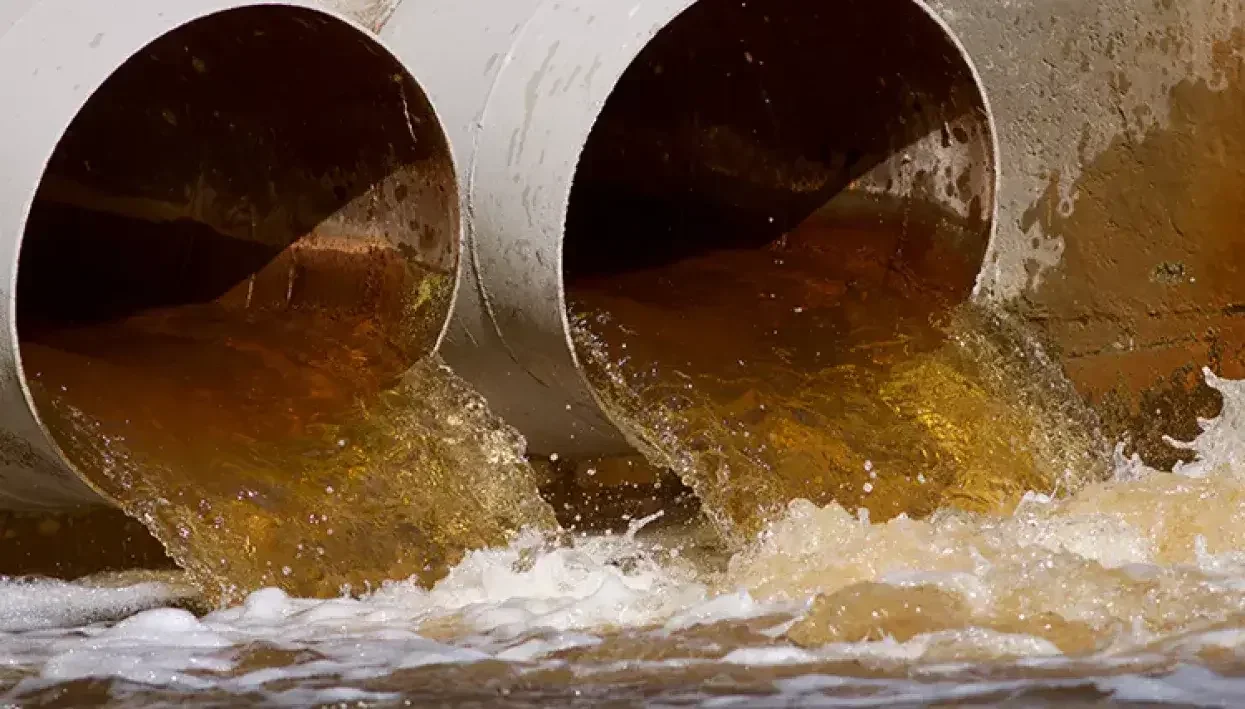Sustainability
Don’t fall foul of waste water regulations
Author
FESPA Staff
Published Date
17/12/2019
Become a FESPA Member
to Continue Reading
